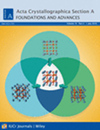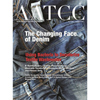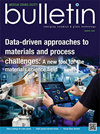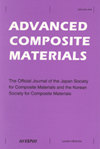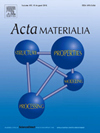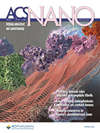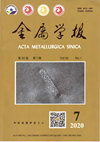期刊简介
Ceramics International covers the science of advanced ceramic materials. The journal encourages contributions that demonstrate how an understanding of the basic chemical and physical phenomena may direct materials design and stimulate ideas for new or improved processing techniques, in order to obtain materials with desired structural features and properties.Ceramics International covers oxide and non-oxide ceramics, functional glasses, glass ceramics, amorphous inorganic non-metallic materials (and their combinations with metal and organic materials), in the form of particulates, dense or porous bodies, thin/thick films and laminated, graded and composite structures. Process related topics such as ceramic-ceramic joints or joining ceramics with dissimilar materials, as well as surface finishing and conditioning are also covered. Besides traditional processing techniques, manufacturing routes of interest include innovative procedures benefiting from externally applied stresses, electromagnetic fields and energetic beams, as well as top-down and self-assembly nanotechnology approaches. In addition, the journal welcomes submissions on bio-inspired and bio-enabled materials designs, experimentally validated multi scale modelling and simulation for materials design, and the use of the most advanced chemical and physical characterization techniques of structure, properties and behaviour.Technologically relevant low-dimensional systems are a particular focus of Ceramics International. These include 0, 1 and 2-D nanomaterials (also covering CNTs, graphene and related materials, and diamond-like carbons), their nanocomposites, as well as nano-hybrids and hierarchical multifunctional nanostructures that might integrate molecular, biological and electronic components.
陶瓷国际涵盖先进陶瓷材料科学。该杂志鼓励读者投稿,展示对基本化学和物理现象的理解如何指导材料设计,激发新的或改进的加工技术的想法,以获得具有所需结构特征和性能的材料。陶瓷国际涵盖氧化物和非氧化物陶瓷,功能玻璃,玻璃陶瓷,无定形无机非金属材料(以及它们与金属和有机材料的组合),其形式为颗粒、致密或多孔体、薄/厚膜以及层压、分级和复合结构。工艺相关的主题,如陶瓷-陶瓷接头或连接陶瓷与不同材料,以及表面精加工和调节也涵盖在内。除了传统的加工技术外,感兴趣的制造路线包括受益于外部施加的应力、电磁场和高能束的创新程序,以及自顶向下和自组装纳米技术方法。此外,该杂志欢迎生物启发和生物使能材料设计,材料设计的实验验证多尺度建模和模拟,以及最先进的化学和物理表征技术的结构,性能和行为的使用。技术相关的低维系统是陶瓷国际的一个特别关注点。这些包括0、1和2-D纳米材料(也包括CNT、石墨烯和相关材料以及类金刚石碳)、它们的纳米复合材料,以及可能集成分子、生物和电子组件的纳米杂化物和分级多功能纳米结构。
《Ceramics International》期刊已被查看: 次


